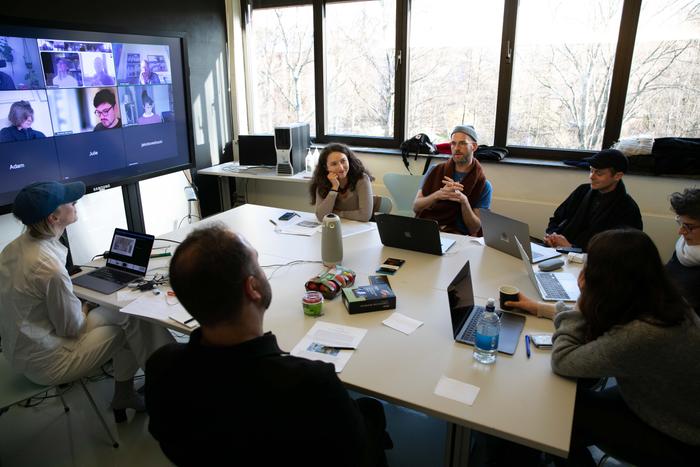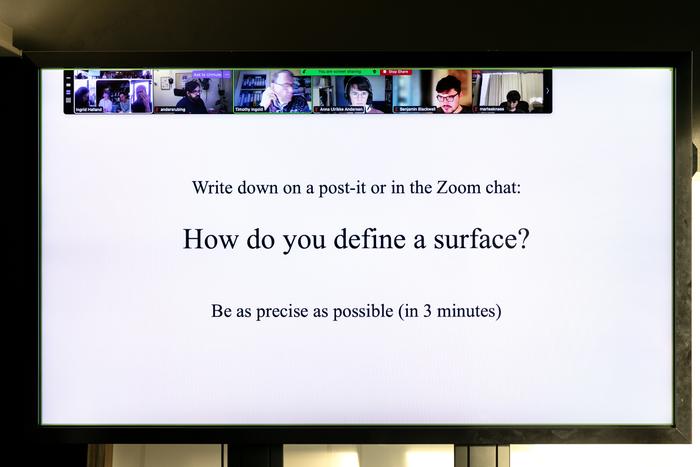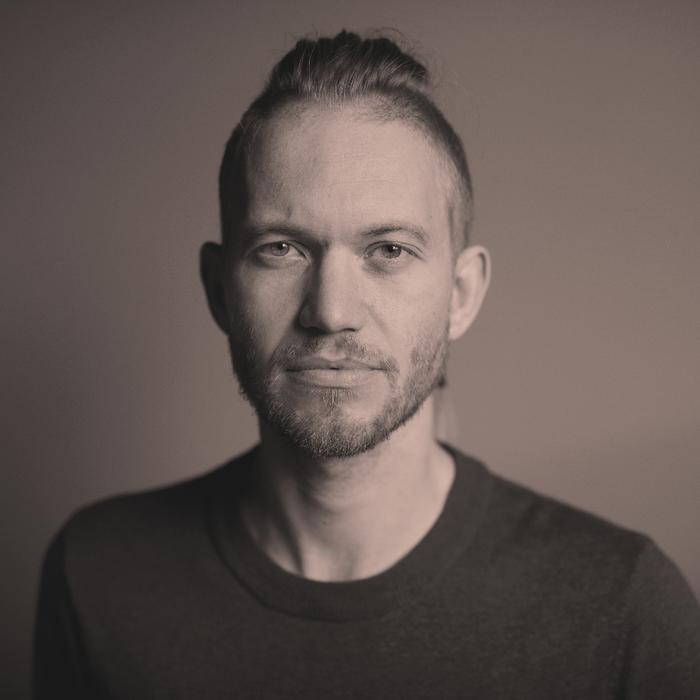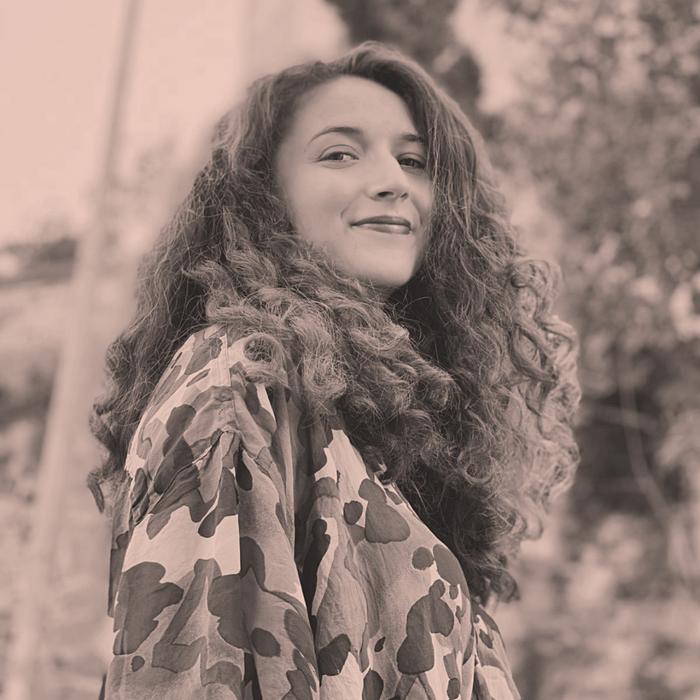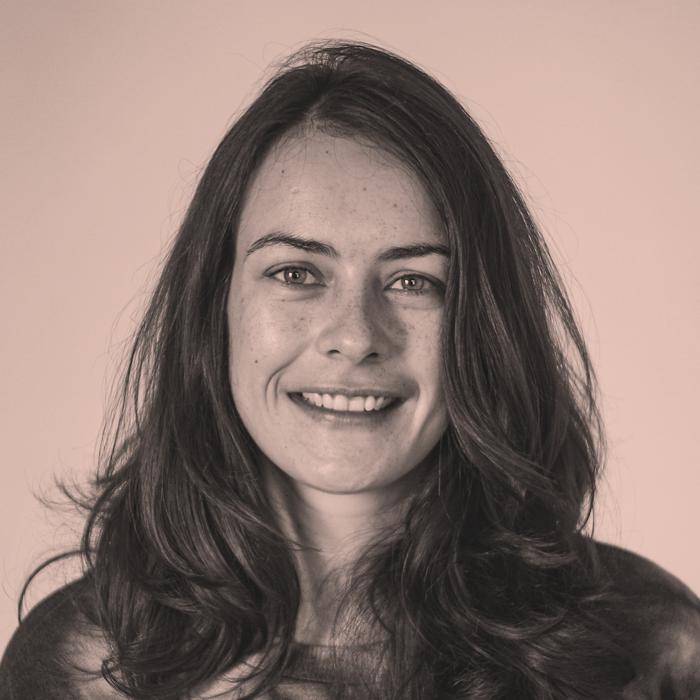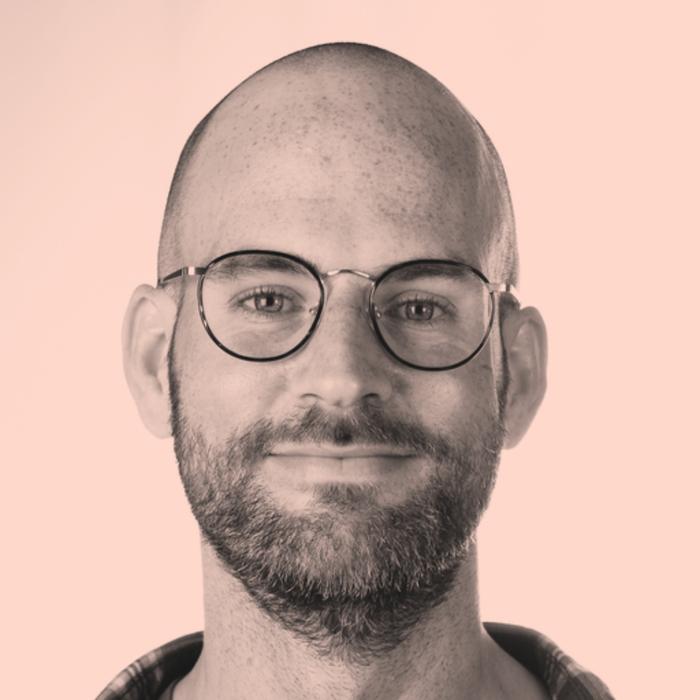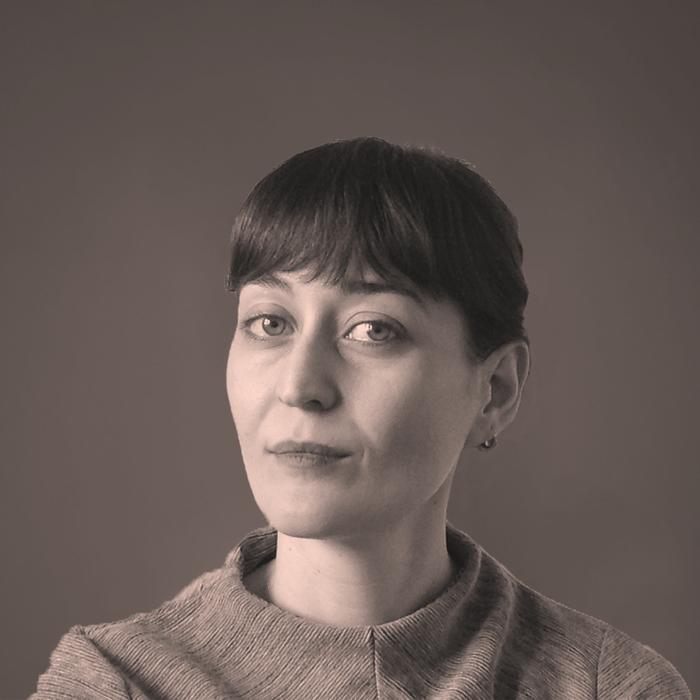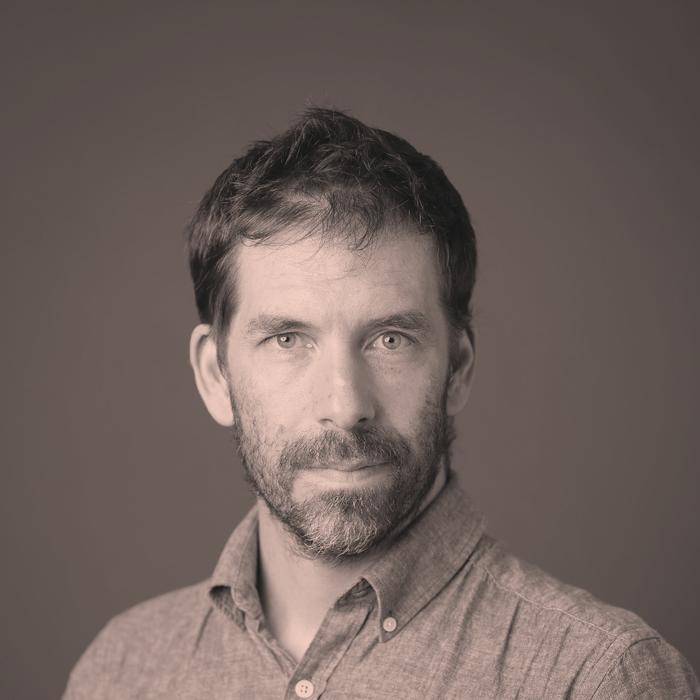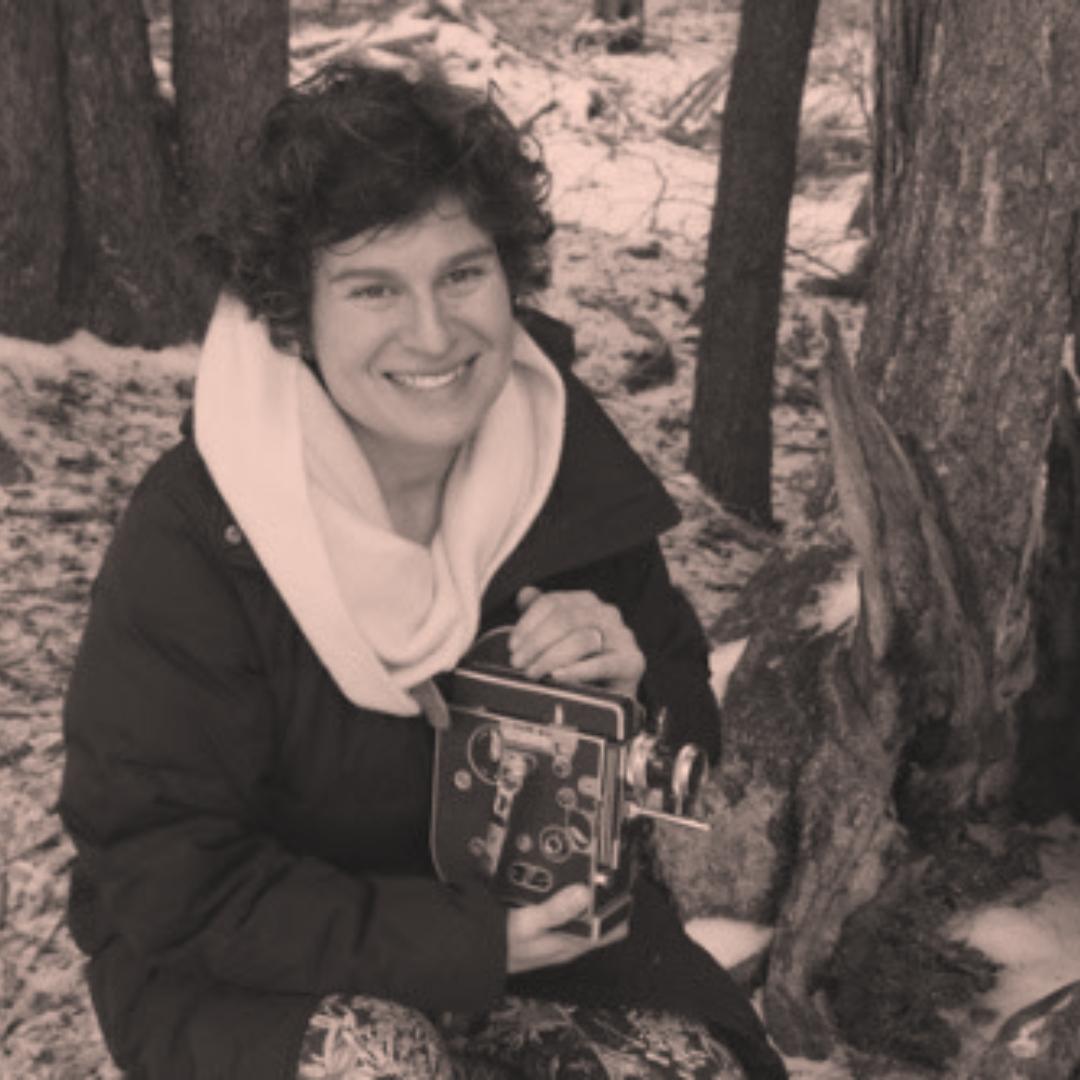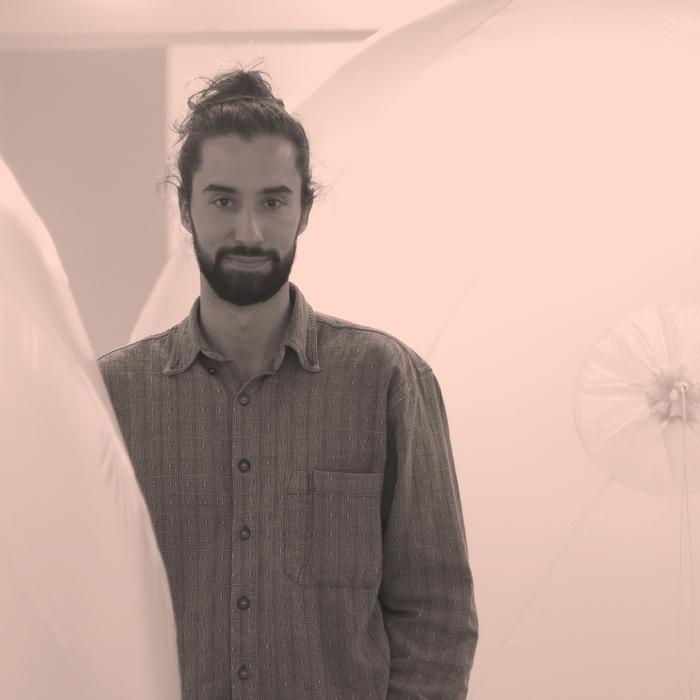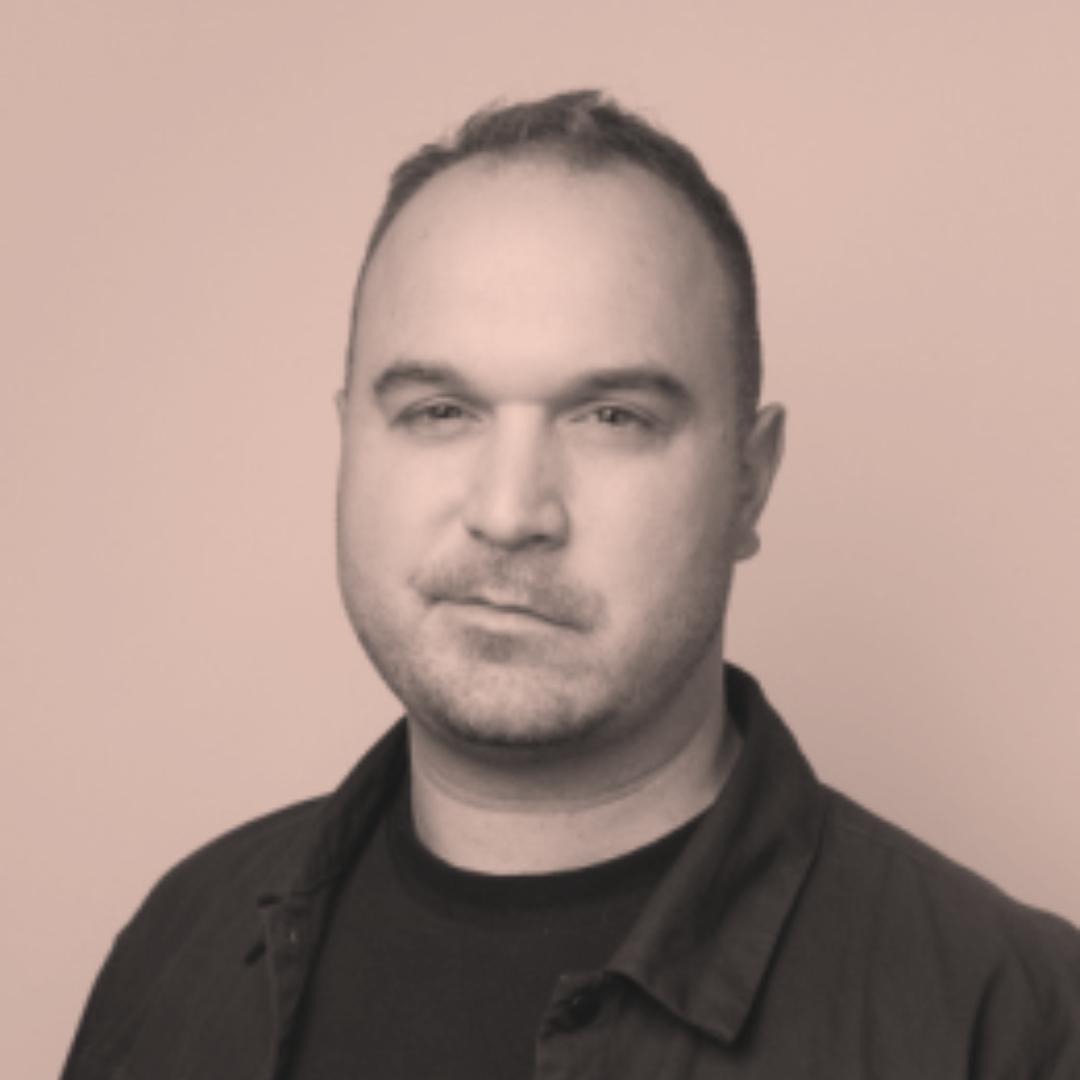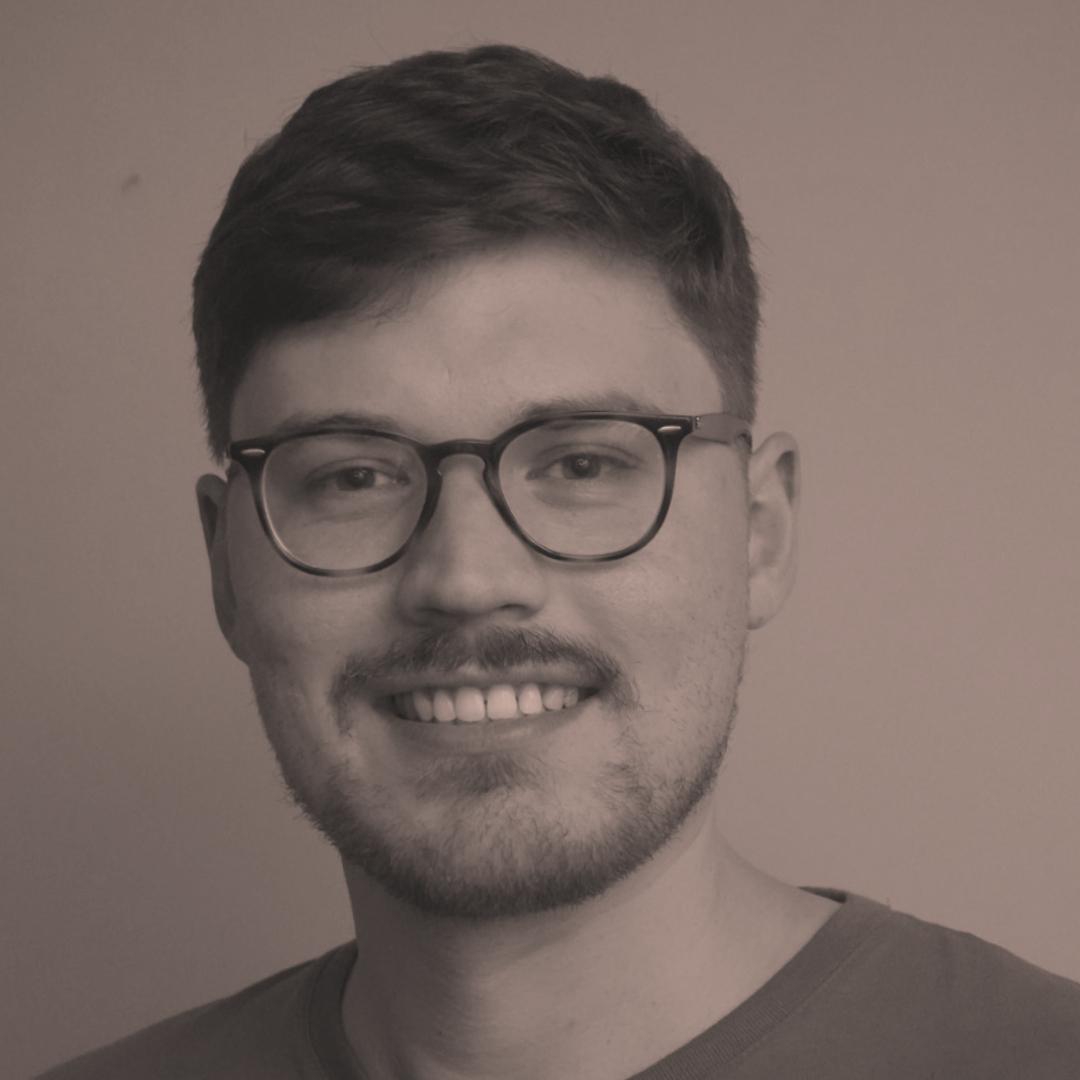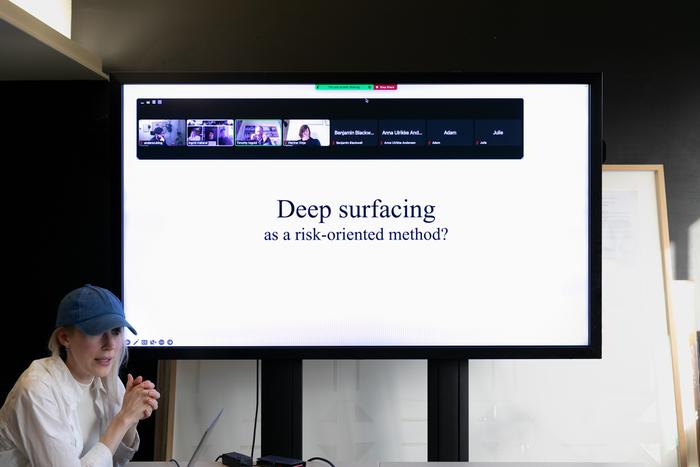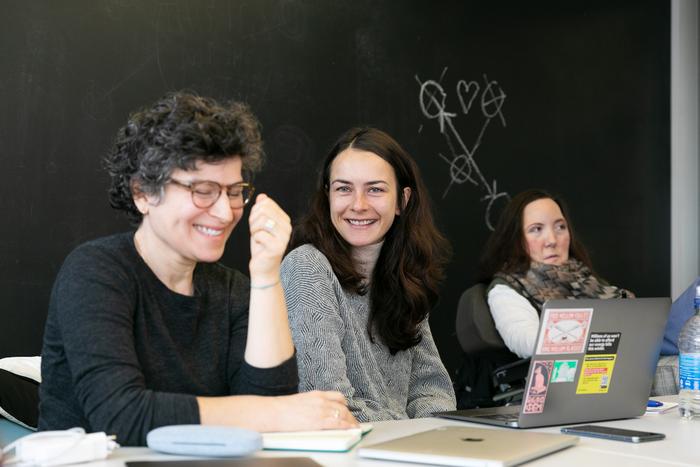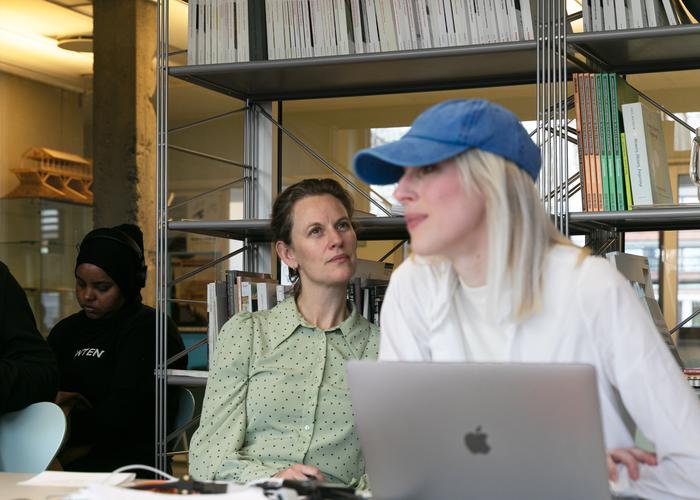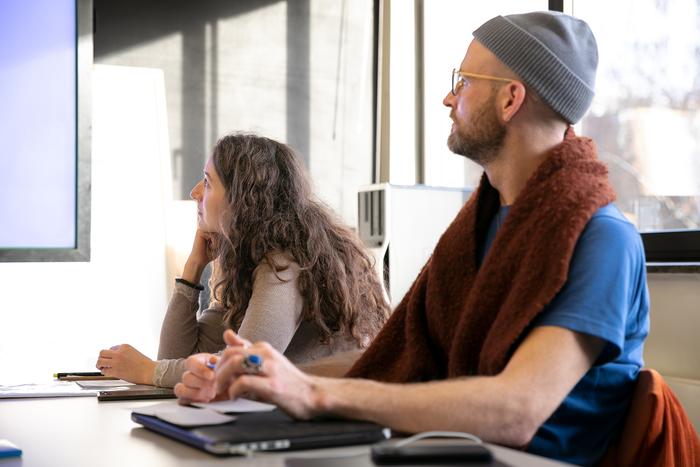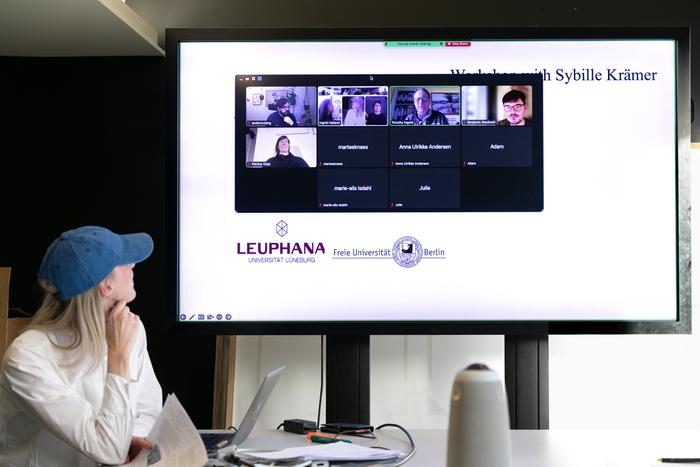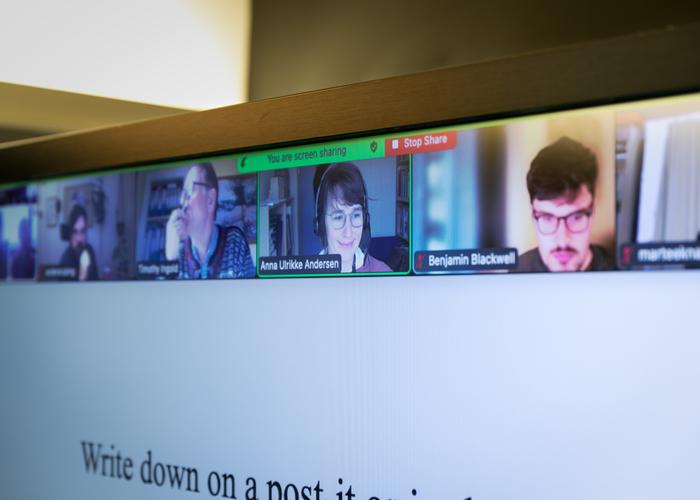How do we think surfaces today? Are they living membranes, hermetic layers of superficiality, “hyperobjects,” systemic tissues, or something entirely different? How to make visible that which withdraws but still exists all around us, and perhaps with us?
During autumn 2022, thirteen Norwegian and international scholars, curators, artists, and architects have gathered at ROM for kunst og arkitektur; at the Oslo School of Architecture and Design; and online to discuss the status of the surface in our contemporary times as part of Metode’s first volume Deep Surface. The participants were selected after an Open Call for experimental essays draft. The invited participants share an ambitious and risky research attitude that creatively combines theory and artistic/architectural practice.
Led by Editor-in-Chief of Metode, Ingrid Halland, the group has engaged in an in-depth and transparent peer-review process with Metode’s Editorial Board and affiliated scholars. Through open-ended discussions, the group has explored the different symbolic, functional, and economic values of surfaces in the age of the Anthropocene. The key focus of the discussions has been, however, method; how do we think surfaces today, both with and through art and architecture?
Professor Sybille Krämer and Professor Tim Ingold have joined the group by sharing and discussing drafts of their keynote essays for Deep Surface. In response to the Open Call, Krämer has written essay “The Cultural Technique of Flattening” and Ingold has written the essay “The Earth, The Sky and The Ground Between.” All contributions to Deep Surface will be made public on Metode on 26th January 2023, accompanied by public conversations curated by the participants.
Metode is run by ROM for kunst og arkitektur: Ingrid Halland (editor-in-chief), Gjertrud Steinsvåg (project leader), and the editorial board, consisting of Victoria Bugge Øye, Gustav Jørgen Pedersen, Anna Ulrikke Andersen, Sara Yazdani, Marie-Alix Isdahl, and Anders Rubing. Metode is supported by the Norwegian Ministry of Foreign Affairs.
